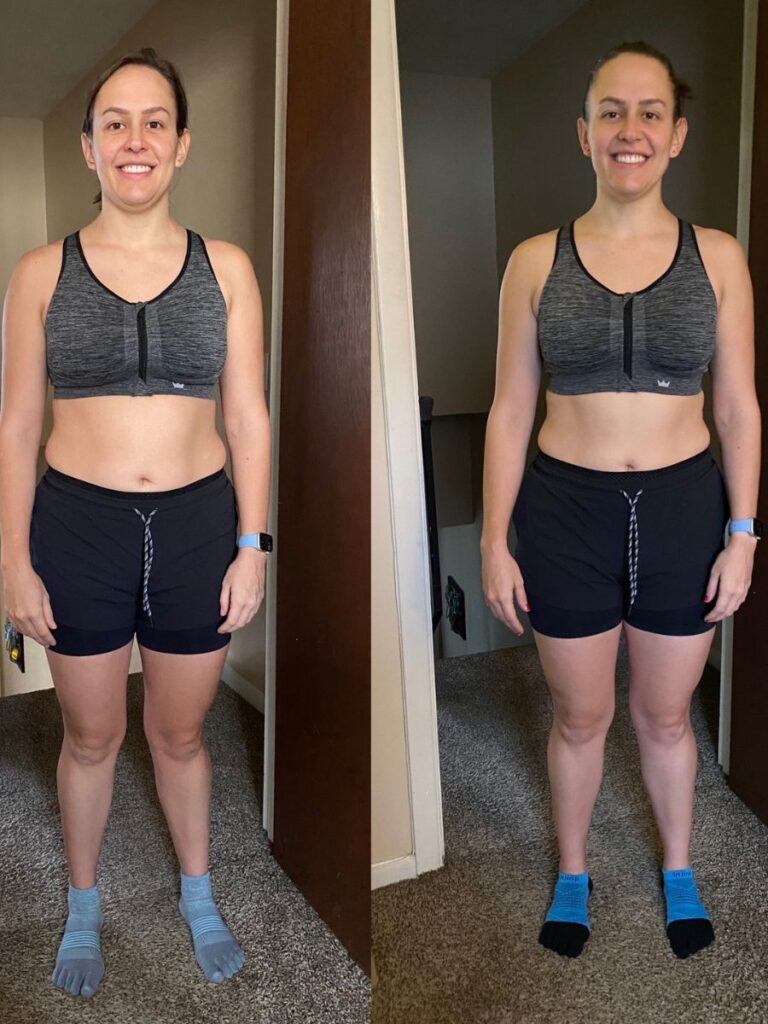How To Lose 15lbs In 2 Months

Losing 15 pounds in two months is achievable, but requires a strategic and consistent approach. This guide provides actionable steps to help you reach your weight loss goal safely and effectively.
Understanding the Basics: Calorie Deficit
Weight loss hinges on creating a calorie deficit. You need to burn more calories than you consume.
A deficit of 500-750 calories per day typically leads to a weight loss of 1-2 pounds per week.
Calculating Your Daily Calorie Needs
Determine your Basal Metabolic Rate (BMR) - the number of calories your body burns at rest. Use an online BMR calculator, which considers age, sex, height, and weight.
Multiply your BMR by an activity factor to get your Total Daily Energy Expenditure (TDEE). Subtract 500-750 calories from your TDEE to establish your daily calorie target for weight loss.
Dietary Strategies for Weight Loss
Focus on Whole, Unprocessed Foods
Prioritize fruits, vegetables, lean proteins, and whole grains. These foods are nutrient-dense and lower in calories compared to processed options.
Fill your plate with fiber-rich vegetables to promote satiety and reduce overall calorie intake.
Prioritize Protein Intake
Protein helps preserve muscle mass during weight loss and increases satiety. Aim for 0.8-1 gram of protein per pound of body weight.
Good sources include chicken breast, fish, beans, lentils, and tofu.
Limit Processed Foods, Sugary Drinks, and Alcohol
These items are often high in calories and low in nutrients. They can hinder your weight loss progress.
Substitute sugary drinks with water, unsweetened tea, or sparkling water.
Hydration is Key
Drink plenty of water throughout the day. Water can help you feel full and boost your metabolism.
Aim for at least 8 glasses of water per day, or more if you are active.
Exercise Regimen for Accelerated Results
Incorporate Both Cardio and Strength Training
Cardio burns calories, while strength training builds muscle, which increases your metabolism.
Aim for at least 150 minutes of moderate-intensity aerobic exercise or 75 minutes of vigorous-intensity aerobic exercise per week, according to the Centers for Disease Control and Prevention (CDC).
Sample Weekly Exercise Plan
Monday: 30 minutes of brisk walking or jogging, followed by 30 minutes of strength training (squats, push-ups, lunges).
Tuesday: Rest or active recovery (light stretching or yoga).
Wednesday: 45 minutes of cycling or swimming, followed by 30 minutes of strength training (weights or bodyweight exercises).
Thursday: 30 minutes of high-intensity interval training (HIIT).
Friday: Rest or active recovery.
Saturday: Long walk or hike (60-90 minutes).
Sunday: Rest.
HIIT (High-Intensity Interval Training)
HIIT involves short bursts of intense exercise followed by brief recovery periods. It's an efficient way to burn calories and improve cardiovascular health.
A typical HIIT workout might involve 30 seconds of sprinting followed by 30 seconds of walking, repeated for 20 minutes.
Tracking Your Progress and Making Adjustments
Keep a food diary to track your calorie intake. Use a fitness tracker or app to monitor your activity levels.
Weigh yourself weekly to monitor your weight loss progress. Don't get discouraged by fluctuations – focus on the overall trend.
If you're not seeing results after a few weeks, re-evaluate your calorie intake and exercise routine. You may need to make adjustments to continue losing weight.
The Role of Sleep and Stress Management
Adequate sleep (7-8 hours per night) is crucial for weight management. Sleep deprivation can disrupt hormones that regulate appetite, leading to increased cravings and weight gain.
Manage stress through relaxation techniques like meditation, yoga, or spending time in nature. Chronic stress can lead to elevated cortisol levels, which can promote fat storage.
Consulting a Professional
Before starting any weight loss program, consult with a healthcare professional or registered dietitian. They can provide personalized advice based on your individual needs and health status.
A registered dietitian can help you create a meal plan that meets your nutritional needs while supporting your weight loss goals.
Maintaining Long-Term Weight Loss
Weight loss is a journey, not a destination. Once you reach your goal, continue to practice healthy habits to maintain your weight loss long-term.
Focus on sustainable lifestyle changes rather than quick fixes. This will help you maintain your weight loss and improve your overall health and well-being.
Consistency is key. Stay dedicated to your diet and exercise plan, and you will see results. Remember that sustainable weight loss is a marathon, not a sprint.












![How To Lose 15lbs In 2 Months F/27/5’4” [140lbs > 125lbs = -15lbs] (3 months) Achieved through](https://i.redd.it/f-27-54-140lbs-125lbs-15lbs-3-months-achieved-through-v0-wwnb7kuog0x91.jpg?s=1ace52ce9002510fd781bd94e4bbad8b7fae1dcc)

![How To Lose 15lbs In 2 Months M/28/5'7" [195 > 180 = -15lbs] (10 Months) Cut&Bulk Transformation : r](https://i.redd.it/bs97mir6jpia1.jpg)


![How To Lose 15lbs In 2 Months F/32/5’2 [145>130=15lbs lost] 6 months difference. Left a toxic](https://preview.redd.it/f-32-52-145-130-15lbs-lost-6-months-difference-left-a-toxic-v0-hhgz27wdfwzc1.jpeg?width=1080&crop=smart&auto=webp&s=dfcf5d6159edb438cfd598581c2bd2563fea2544)
